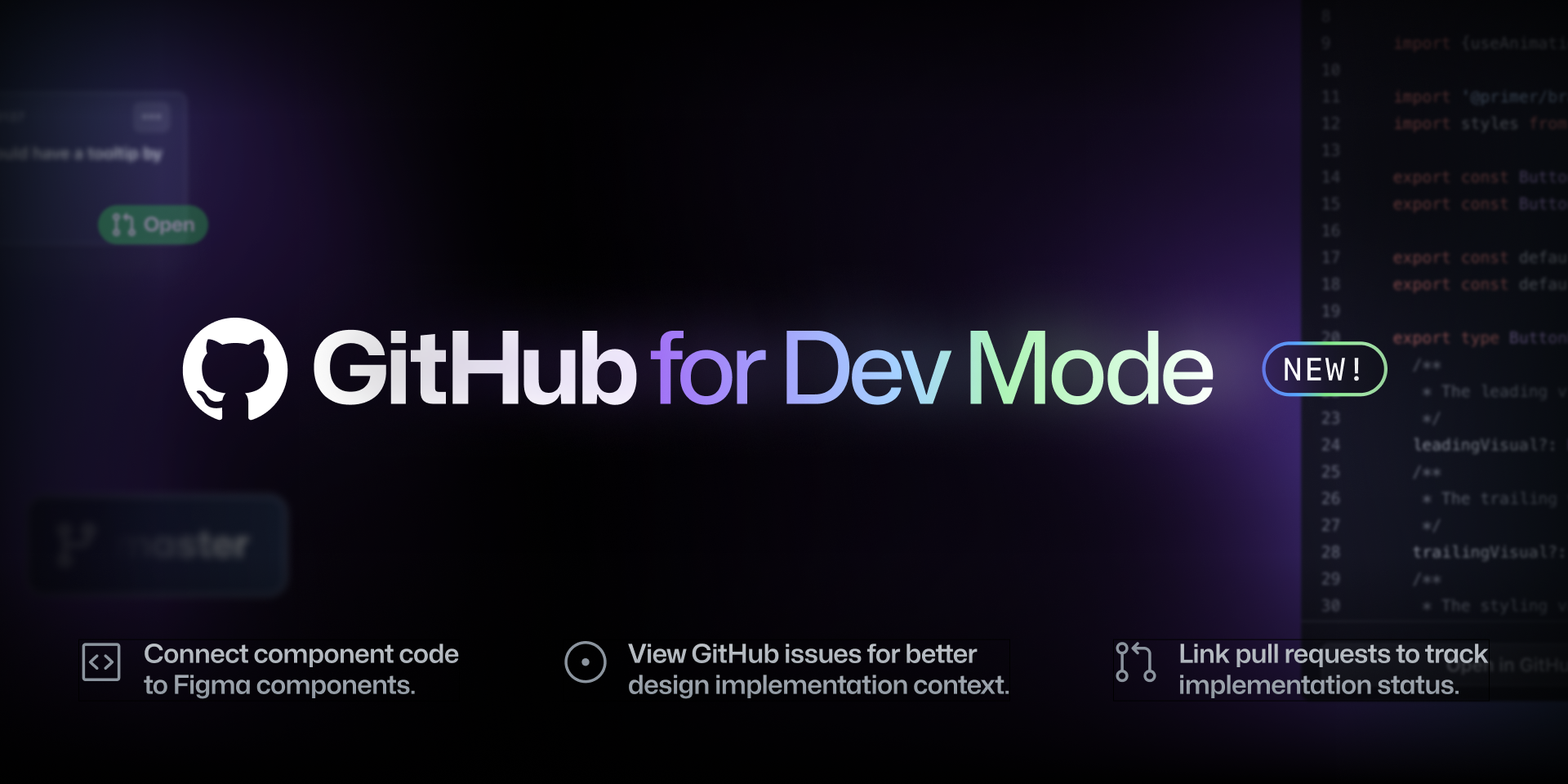As of my last update in January 2022, web design trends and best practices continue to evolve with advancements in technology and changes in user behavior. Here are 13 web design best practices to consider for 2024:
- Mobile-first approach: With the increasing use of smartphones and tablets, designing for mobile devices first ensures a seamless user experience across all screen sizes. Prioritize responsive design to adapt your website layout to different devices.
- Fast loading times: Users expect fast-loading websites, so optimize your website’s performance by minimizing HTTP requests, compressing images, and leveraging browser caching techniques to reduce loading times.
- Accessibility: Ensure your website is accessible to users with disabilities by following accessibility standards such as WCAG (Web Content Accessibility Guidelines). This includes providing alternative text for images, using semantic HTML, and ensuring keyboard navigation.
- Clear navigation: Design intuitive navigation menus that make it easy for users to find what they’re looking for. Keep the navigation simple and organized, with clear labels and logical hierarchy.
- Consistent branding: Maintain consistency in branding elements such as colors, typography, and imagery across your website to reinforce your brand identity and create a cohesive user experience.
- Whitespace: Use whitespace effectively to improve readability and visual hierarchy. Give content room to breathe by avoiding clutter and overcrowding, which can overwhelm users and make it difficult to focus.
- High-quality imagery and multimedia: Incorporate high-resolution images and videos to enhance visual appeal and engage users. Optimize multimedia elements for fast loading times without compromising quality.
- Typography: Choose legible fonts and appropriate font sizes for optimal readability across different devices and screen sizes. Consider using a combination of serif and sans-serif fonts to create contrast and hierarchy.
- User-centric design: Design with the user in mind by conducting user research, gathering feedback, and analyzing user behavior to create an intuitive and user-friendly interface that meets their needs and expectations.
- Interactive elements: Incorporate interactive elements such as animations, hover effects, and micro-interactions to create a more engaging and dynamic user experience. However, use them sparingly and purposefully to avoid overwhelming users.
- SEO-friendly design: Optimize your website’s structure, content, and metadata for search engines to improve visibility and organic traffic. Use descriptive titles, headings, and alt tags, and ensure your website follows SEO best practices.
- Security: Implement security measures such as SSL encryption (HTTPS), regular software updates, and strong password policies to protect your website and user data from security threats and vulnerabilities.
- Continuous testing and optimization: Regularly test your website across different browsers, devices, and user scenarios to identify and fix any issues or usability problems. Use analytics to track user behavior and performance metrics, and make data-driven decisions to optimize your website over time.
By following these web design best practices, you can create websites that are visually appealing, user-friendly, and optimized for performance, accessibility, and search engine visibility in 2024 and beyond.
Reference website to follow
For designers looking for references and guidelines to follow, there are several websites and resources available that offer valuable insights, inspiration, and best practices. Here are some top websites that designers can explore:
- Behance (https://www.behance.net/): Behance is a platform where designers, artists, and creatives showcase their work. It’s an excellent resource for finding inspiration, exploring different design styles, and discovering new trends.
- Dribbble (https://dribbble.com/): Dribbble is a community of designers sharing screenshots of their work, process, and projects. It’s a great place to find design inspiration, interact with other designers, and discover new techniques.
- Awwwards (https://www.awwwards.com/): Awwwards is a website that recognizes and showcases the best in web design. It features award-winning websites, provides design critiques, and offers insights into the latest trends in digital design.
- Designspiration (https://www.designspiration.com/): Designspiration is a platform for discovering and sharing design inspiration. It features a curated collection of images, projects, and articles across various design disciplines, including graphic design, web design, and typography.
- Smashing Magazine (https://www.smashingmagazine.com/): Smashing Magazine is a website and online magazine dedicated to web design and development. It offers articles, tutorials, and resources on topics ranging from UI/UX design to front-end development.
- Pinterest (https://www.pinterest.com/): Pinterest is a visual discovery platform where users can find and save ideas for various projects and interests. Designers can use Pinterest to create mood boards, collect design inspiration, and explore different styles and trends.
- Nielsen Norman Group (https://www.nngroup.com/): Nielsen Norman Group is a leading research firm in the field of user experience (UX) design. Their website offers articles, reports, and usability guidelines based on research and best practices in UX design.
- Google Design (https://design.google/): Google Design is a resource hub for designers, developers, and creatives interested in Google’s design philosophy and approach. It offers design guidelines, articles, case studies, and resources related to Google’s products and design principles.
- Canva Design School (https://www.canva.com/learn/): Canva Design School offers tutorials, courses, and design resources for both beginners and experienced designers. It covers topics such as graphic design basics, typography, branding, and more.
- The Futur (https://thefutur.com/): The Futur is an online platform offering educational content, courses, and resources for designers, creatives, and entrepreneurs. It covers topics such as design principles, business skills, and career development in the creative industry.
These websites offer valuable resources, inspiration, and guidelines for designers at all levels, helping them stay updated with the latest trends, improve their skills, and create impactful designs.





